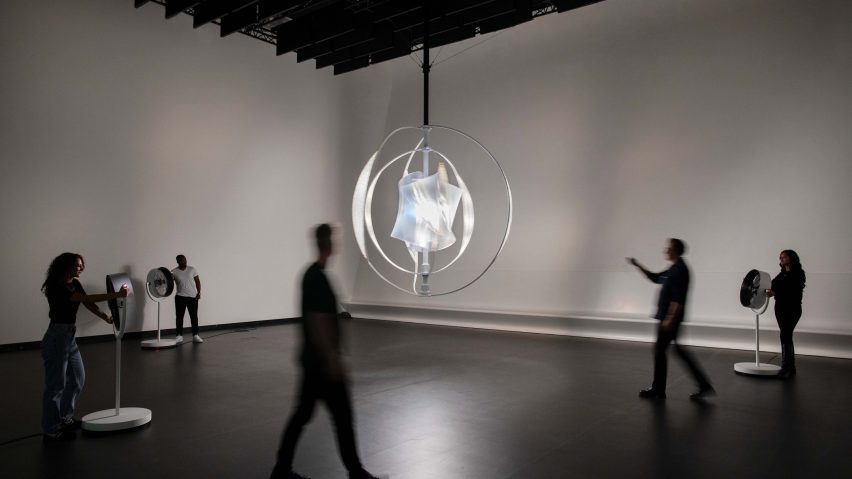
Polestar uses art to help share sustainability message
Promotion: the development of a new biodegradable corn-based adhesive and an initiative that allows art collectors to directly trade artworks for cars are just two of a growing number of artistic projects undertaken by electric vehicle brand Polestar in recent years.
Since its inception in 2017, Swedish automaker Polestar has been working with artists and designers to achieve the company's overarching goal to help create a more sustainable society. To date, the projects that the brand has undertaken include collaborations with museums as well as its own in-house initiatives.
With each of the initiatives, Polestar seeks to drive innovation, raise awareness around green energy and have a grounding in the art industry. Cross-industry collaboration and learning from various industries is key to drive change, according to the brand, as many industries – from art to vehicle – share design at their core.
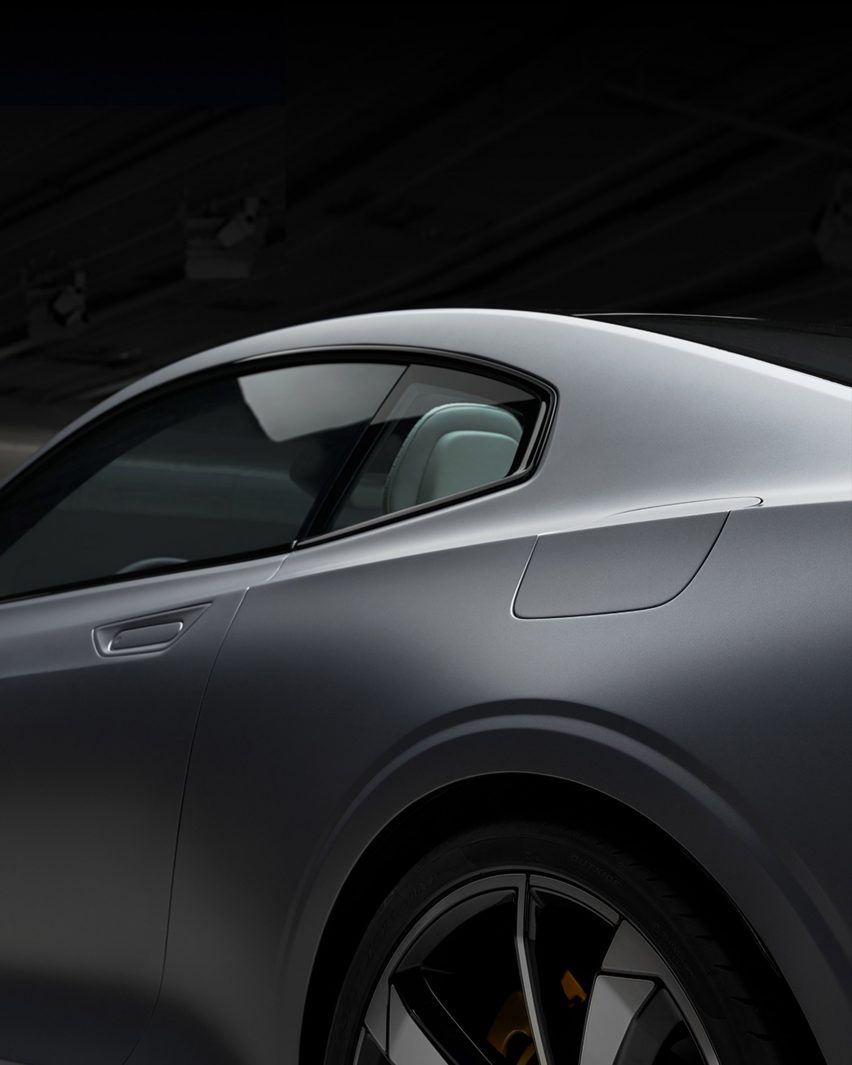
Last year, Dutch artist Thijs Biersteker worked with the R&D teams at Polestar to create a large-scale, interactive sculpture that enabled visitors to control the wind using large fans.
Called We Harvest Wind, it featured a series of blades that rotated around a central spiral made from a specially developed biodegradable flax-based adhesive called b-comp.
The project intended to place power into the consumers' hands, prompting them to think about biodegradable materials, while symbolising the urgency to transition into renewable energy.
"Now our aim is to implement bio-based natural fibre composite solutions in the future production of Polestar cars," said chief engineers of interiors at Polestar UK R&D Ross Kelk.
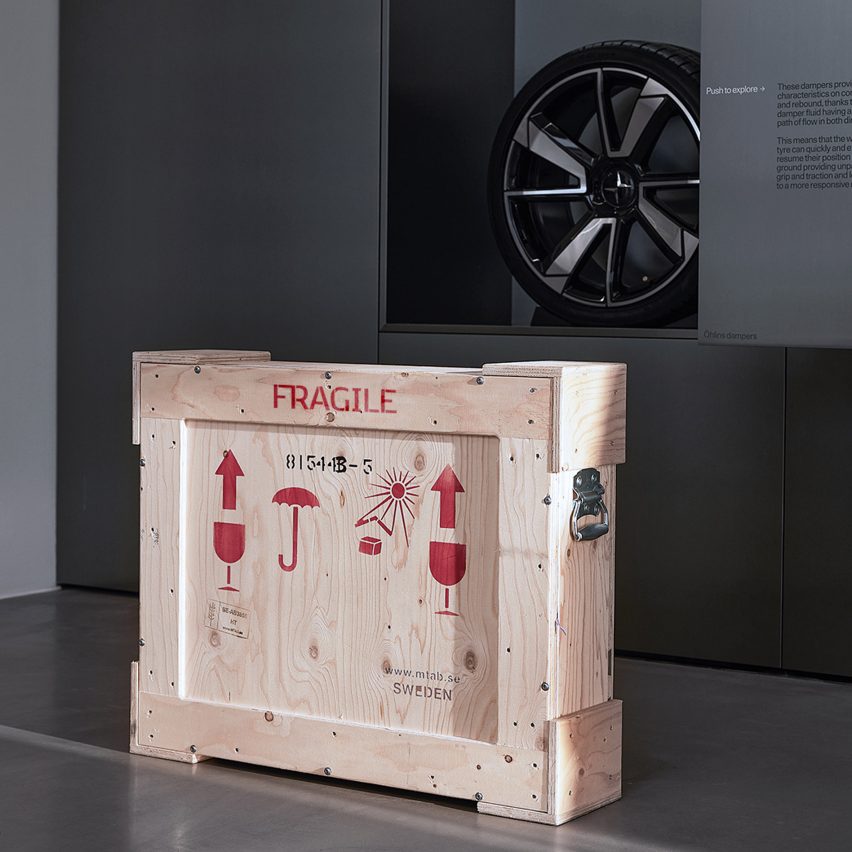
In London, last year Polestar hosted a panel discussion at Design District London titled Design Towards Zero. At the event, Polestar sat down with materials and design trend forecaster Sioban Imms, urban designer Hannah Corlett and Polestar head of design Maximilian Missoni, to discuss the future of electric, climate-neutral mobility.
The discussion intended to show the importance of collaboration across industries in order to develop sustainability solutions, and how the design of today impacts the world of tomorrow.
In 2020, the brand unveiled Precept, a four-door electric concept car that served as a declaration of the future of the brand. Made from recycled materials, the car is informed by aircraft with all unnecessary openings removed to lend it an aerodynamic, minimalist appearance.

In the same year, Polestar initiated a design contest for open submission, which aimed to bring together professional designers and students from different locations and backgrounds to develop ideas of "what a more sustainable future would look like".
Following the Polestar design philosophy, the brief invited creatives to imagine what a "pure" Polestar would look like in the year 2040. Winning projects included an airship for polar exploration and an inclusive, autonomous pod with a flexible interior design.
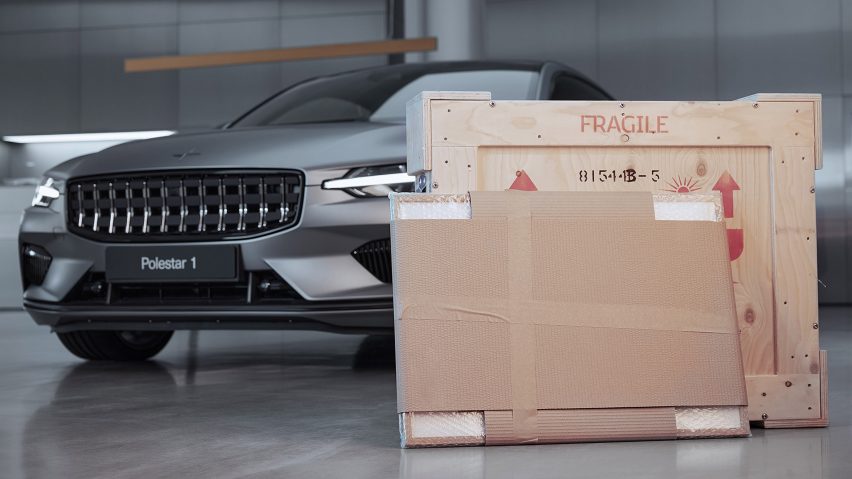
"In a landscape of disruptive technologies, evolving lifestyles and fast-growing concern for climate change, design can be the driving force for positive change," said head of design at Polestar, Maximilian Missoni. "We believe our contest provides a great platform for the design community to visualise progressive mobility ideas of the future."
Following the brand's aim of being connected to the art industry, Polestar describes its Polestar 1 as being a car that is a "work of art in its own right as well as a platform for creative expression".
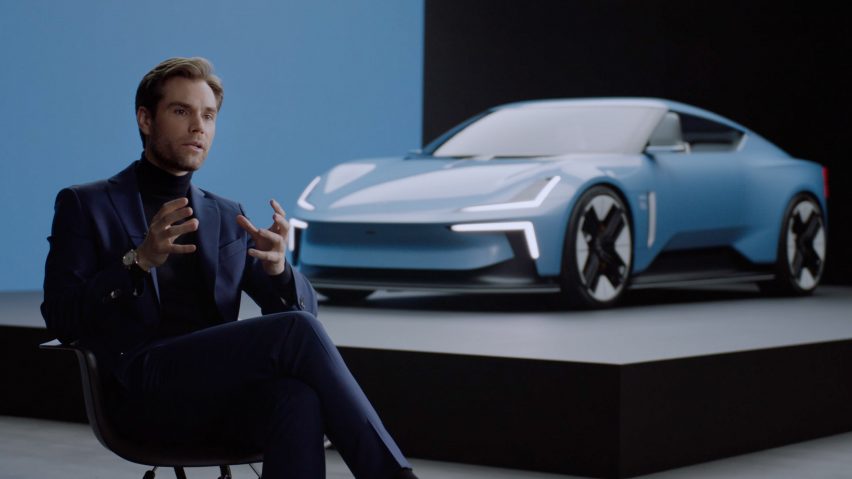
The Polestar 1 has a lightweight body and is made from carbon fibre-reinforced polymer. It is equipped with a twin rear electric motor and high-performance components.
"We pushed boundaries with this car, not only in terms of engineering but also in its design and execution," said Polestar CEO Thomas Ingenlath. "Polestar 1 set the tone for our brand and its genes are evident in Polestar 2 – as they will be in our future cars to come."
In 2019 company partnered with long-distance cycling club Audax and EA Sports to commission world-renowned street artist Tristan Eaton to paint a Polestar 1 – the marque's first-ever performance hybrid car.
Featuring a sunset-themed colour palette, the final product was exhibited at Art Basel Miami and simultaneously digitally scanned into the racing simulation game Need for Speed 5 as unlock material upon its release the same week. The automobile was then auctioned off, with all of the proceeds going to the Movember men's health charity.
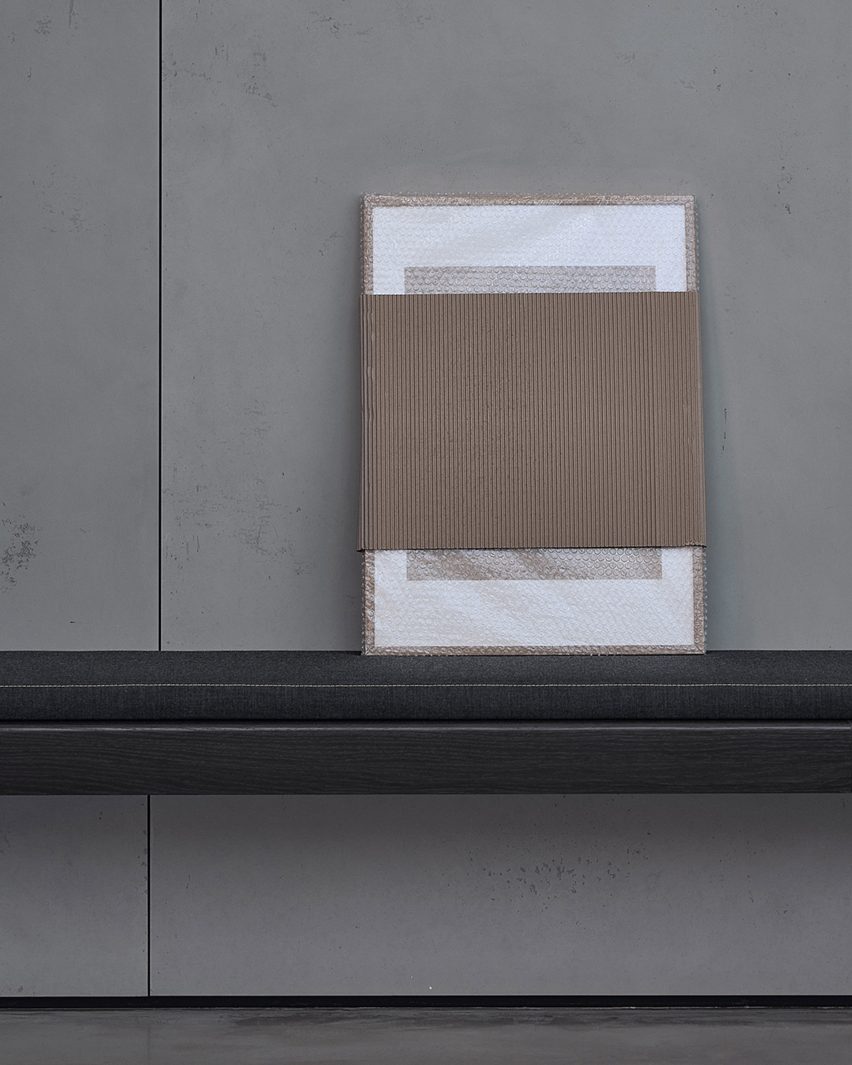
When production of the Polestar 1 ceased last year, the manufacturer predicted that the car would become a collector's item. For a limited period of time, it allowed art collectors and enthusiasts to purchase the car with art, making it the only car in the world that people can use art to buy.
The project has had great interest, according to Polestar, with over 500 submissions, ranging from sculptures to paintings, prints and photographs. Theodor Dalenson, art advisor on the initiative said that the art and car industries have similar forces that drive their pricing.
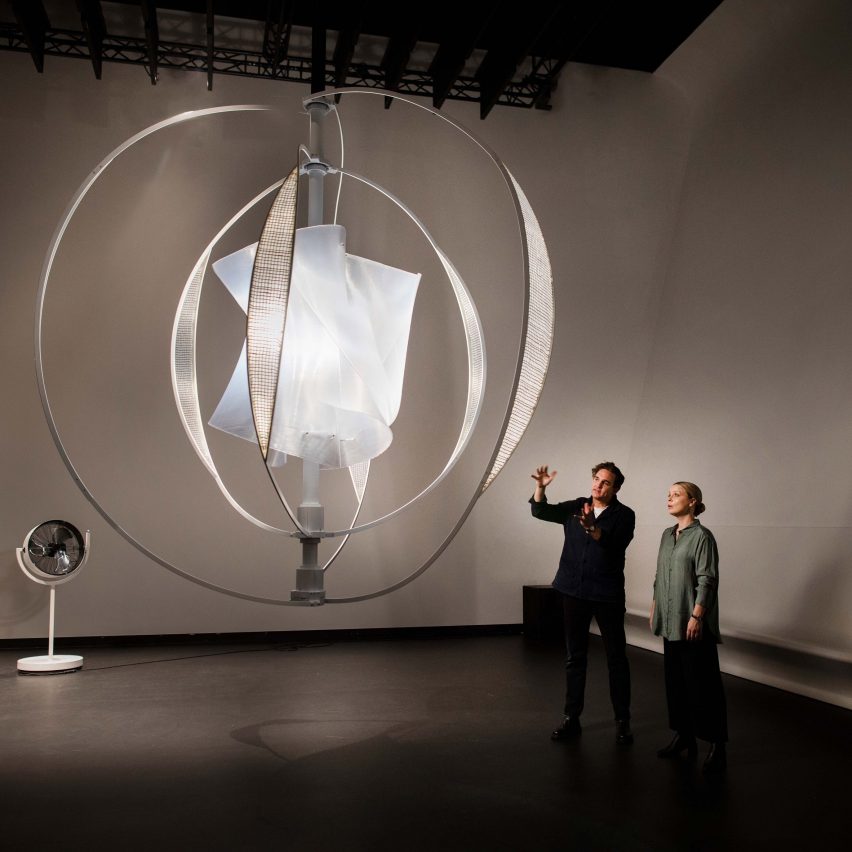
"When, for example, a car is becoming increasingly interesting among collectors while also only being produced as a limited edition, then it becomes even more attractive because there are not so many available," said Dalenson. "The same philosophy applies to the art market."
"If you look at history, artists have always traded their art for other art, services or goods. Why not cars? The difference, however, is that it has been a trade between two people, not in an idiosyncratic way like this," continued Dalenson.
"This kind of campaign postulates a mutual interest from the collectors or artists and Polestar. Otherwise, they could have simply sold their art for money and bought a car. But this sparks an interest and sets the foundation for a meeting of minds."
For more information on Polestar 1 and the brand's art initiatives, visit its website.
Partnership content
This article was written by Dezeen for Polestar as part of a partnership. Find out more about Dezeen partnership content here.